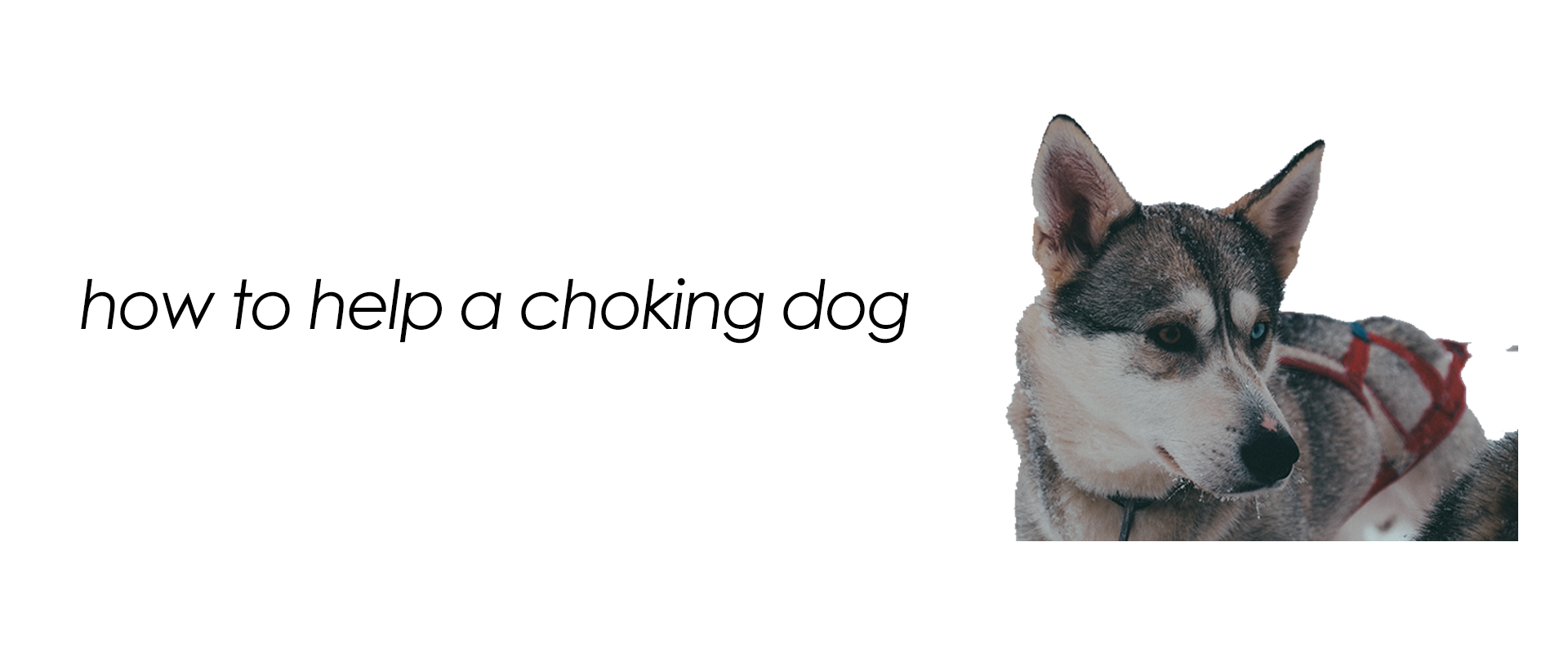Introduction
Understanding how to assist a choking dog is vital for every pet owner. Dogs, like humans, can accidentally inhale or swallow objects that obstruct their airways, leading to choking. Knowing how to recognize the signs and administer first aid promptly can potentially save your dog’s life. This comprehensive guide will equip you with the knowledge and skills necessary to handle choking emergencies effectively.
Recognizing Signs of Choking in Dogs
Understanding Choking Hazards
Dogs are naturally curious creatures, often exploring their surroundings through taste and smell. Unfortunately, this curiosity can lead them to ingest objects that pose choking hazards. Common choking hazards include small toys, balls, bones, sticks, household items like rubber bands or small batteries, and even certain foods like grapes or bones. Understanding these potential dangers is the first step in preventing choking incidents.
Signs of Choking
Identifying when a dog is choking is crucial for providing timely assistance. Signs of choking in dogs may include frantic pawing at the mouth, difficulty breathing or wheezing, excessive drooling, coughing, gagging, or panic. In severe cases, the dog may collapse or become unconscious. It’s essential to stay observant and recognize these symptoms quickly, as immediate action can make a significant difference in the outcome.
Performing First Aid for a Choking Dog
Step-by-Step First Aid Maneuvers
When you suspect that your dog is choking, acting swiftly and calmly is key. The Heimlich maneuver, modified for dogs, is the primary technique used to dislodge obstructive objects from the airway. For small to medium-sized dogs, stand or kneel behind your dog and place your arms around their waist. Make a fist with one hand and place it just below the rib cage. Use quick, upward thrusts to exert pressure on the abdomen, mimicking the Heimlich maneuver used in humans. Check the dog’s mouth and remove any visible obstructions carefully.
For larger dogs, the technique varies slightly. If the dog is standing, position yourself behind them and place your arms around their abdomen. Make a fist and press firmly upward and forward, applying quick thrusts to create pressure. After each attempt, reassess the dog’s breathing and airway until the obstruction is cleared or emergency help arrives.
Alternative Methods and Considerations
In cases where the Heimlich maneuver is challenging or ineffective, alternative methods may be necessary. For small dogs, you can try chest compressions by placing the dog on their side and pressing firmly but gently on the chest just behind the front legs. This action may help dislodge an object blocking the airway. For larger dogs, back blows between the shoulder blades can be attempted, although these should be applied with caution to avoid causing injury. Always prioritize safety and seek veterinary assistance if you’re unable to resolve the choking episode.
Preventive Measures and Safety Tips
Creating a Safe Environment
Preventing choking incidents begins with creating a safe environment for your dog. Remove or secure potential hazards such as small toys, household items, and toxic plants that your dog may be tempted to chew or swallow. Supervise your dog closely during playtime and mealtime, and consider using pet-proofing products to restrict access to hazardous areas.
Supervision and Training
Training your dog to obey basic commands like “leave it” or “drop it” can be life-saving in preventing choking incidents. Teach your dog these commands using positive reinforcement techniques, rewarding them for complying with your instructions. With consistent training and supervision, you can reduce the likelihood of your dog ingesting harmful objects or substances.
What to Do After Helping a Choking Dog
Veterinary Evaluation
Even if you successfully dislodge the obstruction and your dog appears to recover, it’s essential to seek veterinary evaluation promptly. Internal injuries, irritation, or respiratory complications may not be immediately apparent but could pose serious health risks if left untreated. Your veterinarian can conduct a thorough examination to ensure your dog’s well-being and provide necessary treatment or advice.
Emotional Support and Monitoring
Choking incidents can be distressing for both you and your dog. Provide reassurance and comfort to your pet following the episode, monitoring their behavior and breathing closely for any signs of distress or discomfort. Keep your veterinarian’s contact information readily available in case further assistance is needed, and remain vigilant for any changes in your dog’s health or behavior.
FAQ
How can I prevent my dog from choking?
Preventing choking incidents requires a proactive approach to pet safety. Regularly inspect your home and outdoor areas for potential hazards, and promptly remove or secure any objects that could pose a choking risk. Choose toys and treats that are appropriate for your dog’s size and chewing habits, avoiding items that are too small or easily breakable. Supervise your dog during playtime and mealtime, and educate family members and visitors about the importance of pet safety.
What should I do if I can’t dislodge the object?
If your attempts to assist a choking dog are unsuccessful or if the dog’s condition worsens, contact emergency veterinary services immediately. Stay calm and provide clear, concise information about the situation and your location. Follow any instructions provided by the veterinary professionals while awaiting further assistance.
Conclusion
In conclusion, knowing how to help a choking dog is a fundamental skill for every pet owner. By understanding potential choking hazards, recognizing the signs of choking, and learning effective first aid techniques, you can be prepared to act decisively in an emergency. Taking preventive measures, training your dog, and seeking veterinary care when needed are essential steps in ensuring your dog’s safety and well-being. With knowledge, preparation, and quick action, you can protect your beloved pet and provide them with the care they deserve.

